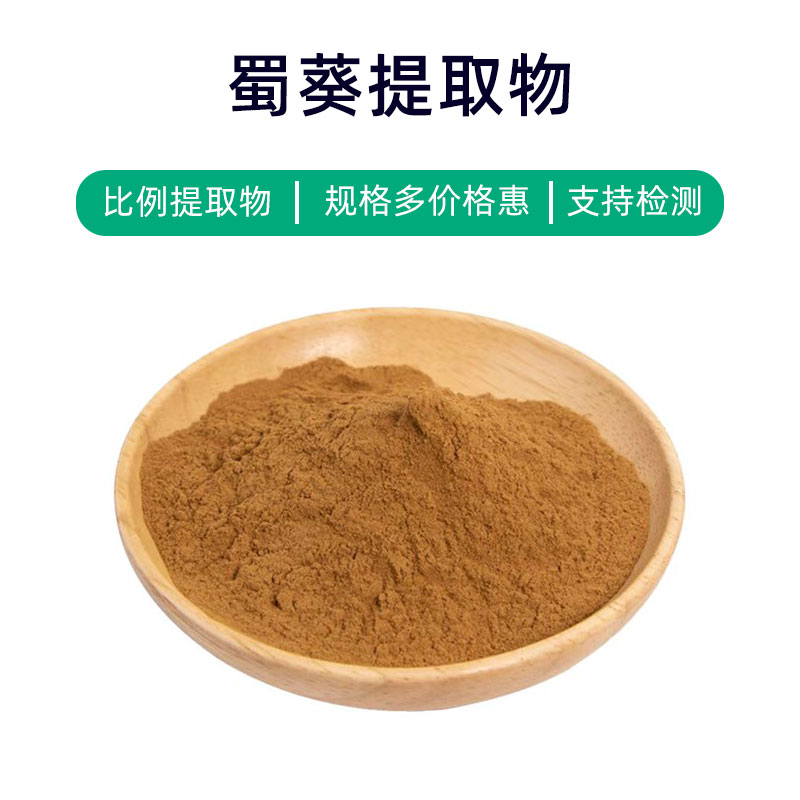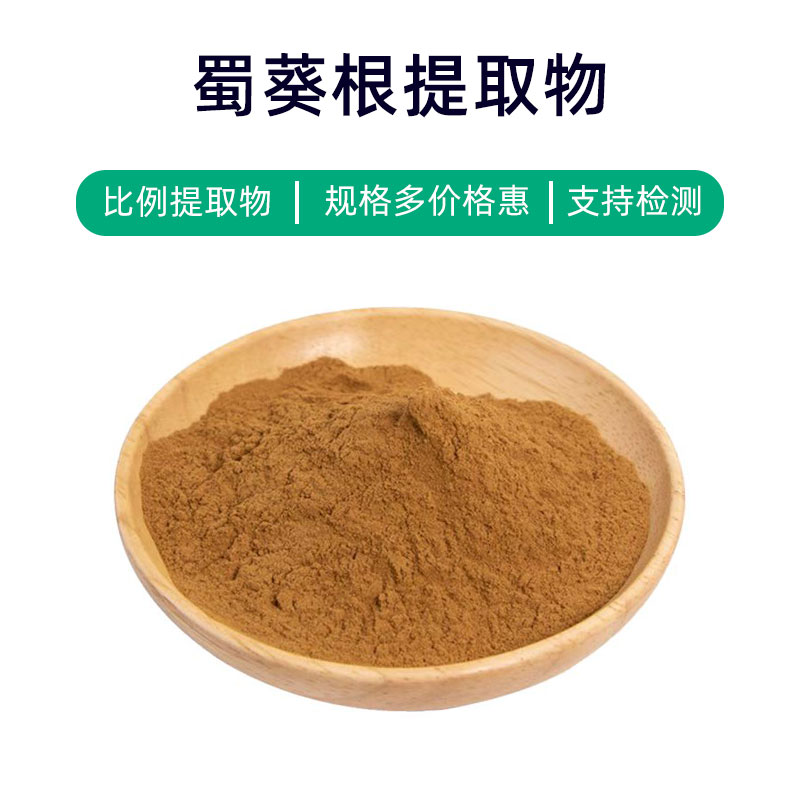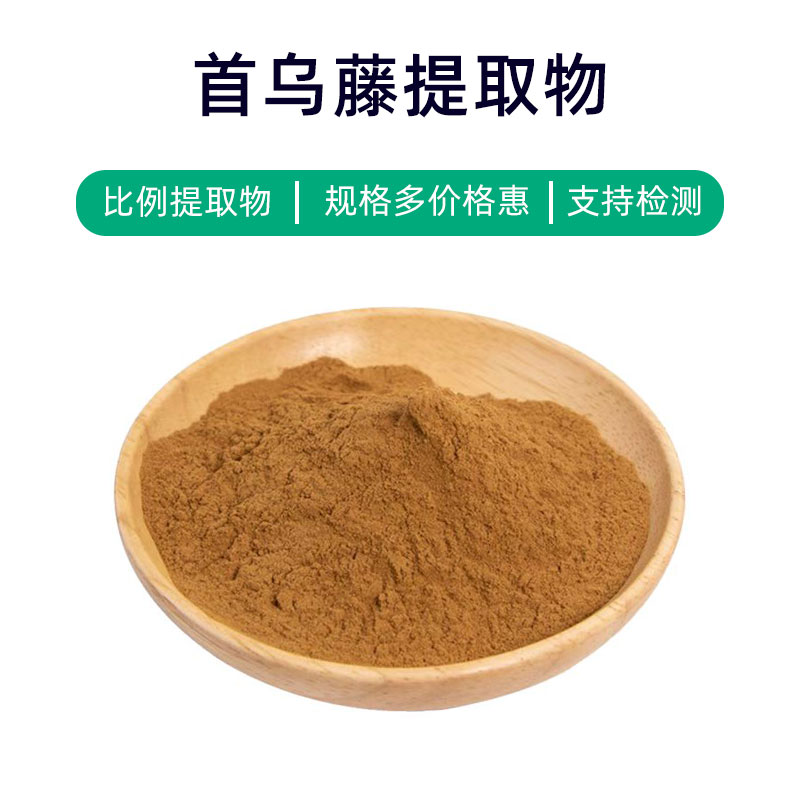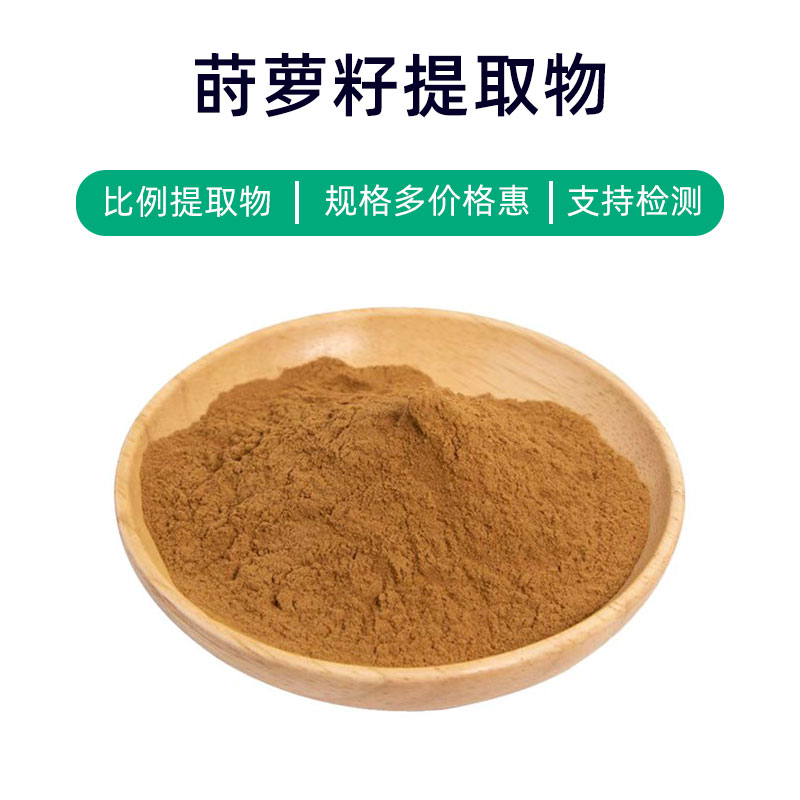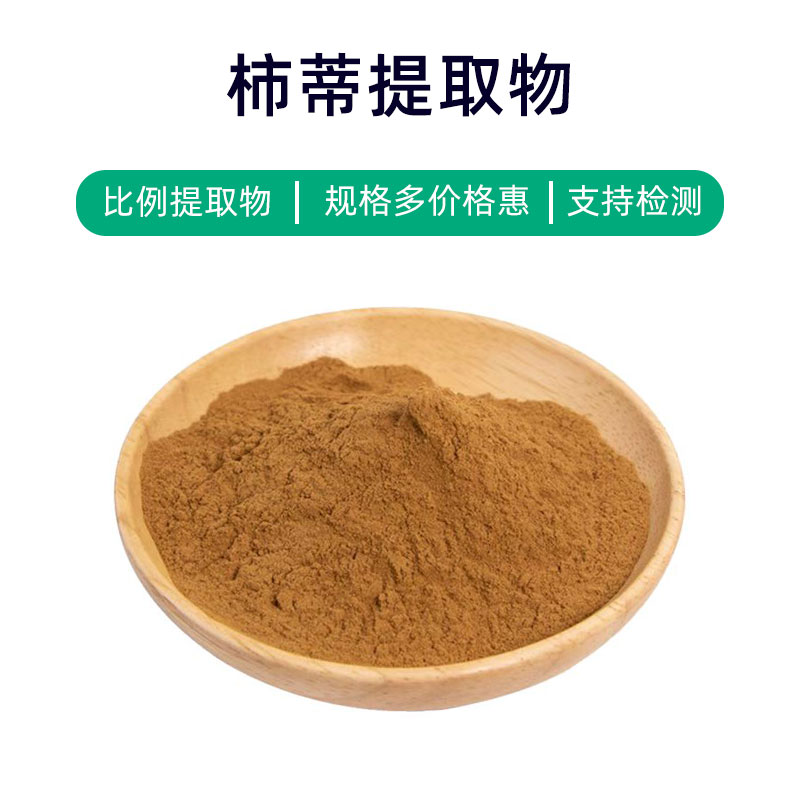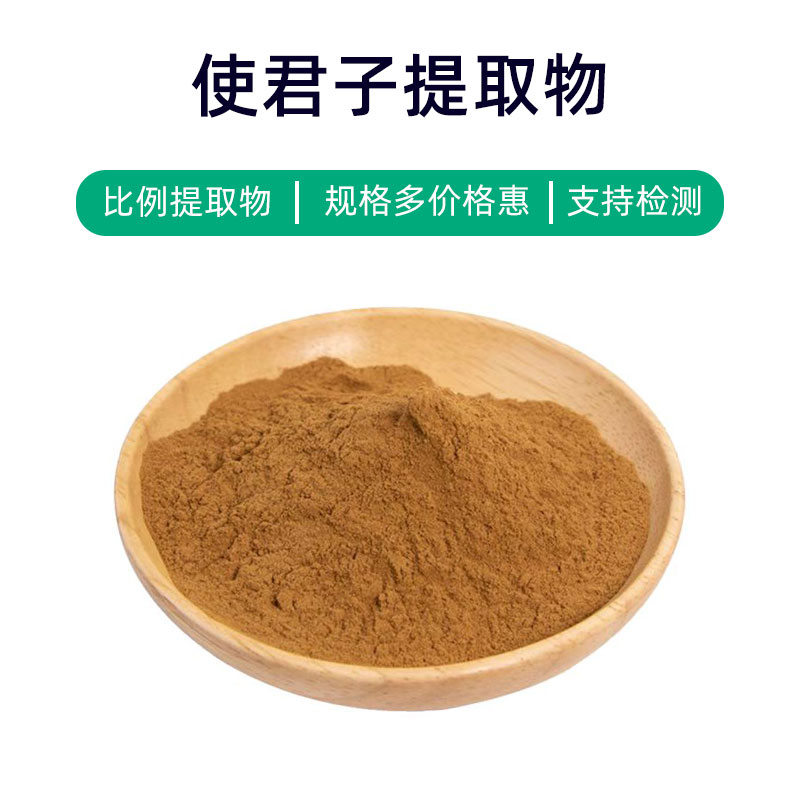Introduction to Galangal Extract
Galangal extract is a natural plant extract derived from the rhizome of the galangal plant, containing key ingredients like volatile oils, flavonoids, and phenolic compounds. This extract has various benefits and applications.
First, galangal extract is widely used in medicine. It is employed in formulations for treating indigestion and gastrointestinal disturbances, with its volatile oil components promoting digestion and alleviating gastrointestinal discomfort.
Secondly, galangal extract is also common in the food industry. As a natural flavoring agent and spice, it is added to various foods like seasonings, soups, and pastries, imparting a unique aroma and taste.
Additionally, in the cosmetics sector, galangal extract is used in skincare products. Its flavonoids and phenolic compounds exhibit antioxidant, antibacterial, and anti-inflammatory properties, making it useful for creams, masks, and cleansers, helping improve skin texture and maintain skin health.
In summary, galangal extract is a natural plant extract with multiple effects and applications in medicine, food, and cosmetics.
Production Process of Galangal Extract
The production process for galangal extract typically includes the following main steps:
- Raw Material Collection and Preparation: Fresh galangal rhizomes are collected, cleaned, and impurities are removed to ensure quality and purity.
- Crushing and Grinding: The cleaned rhizomes are crushed and ground into coarse powder to increase extraction efficiency and surface area.
- Extraction Process: The crushed rhizomes are mixed with an appropriate solvent (like ethanol or water) for extraction. This can involve ambient temperature soaking or heated reflux extraction to fully dissolve the active components into the solvent.
- Filtration and Concentration: The extract is filtered to remove solid impurities, yielding the extract solution. Then, the solvent is removed via evaporation or vacuum concentration, resulting in concentrated galangal extract.
- Drying and Milling: The concentrated extract is dried to eliminate residual moisture, creating a dry extract. Following that, the dried extract is ground into a fine, uniform powder.
- Packaging and Storage: Finally, the powdered galangal extract is packaged in sealed containers to prevent moisture and oxidation. Once packaged, it should be stored in a cool, dry environment, away from direct sunlight and heat to maintain stability and quality.
Through these process steps, high-quality galangal extract can be produced for applications in medicine, food, and cosmetics.
Effects and Side Effects of Galangal Extract
As a natural herbal extract, galangal extract has a long history and widespread applications in traditional medicine. Its main effects and benefits include:
- Antioxidant Effects: Rich in active ingredients like curcumin and gingerol, galangal extract has significant antioxidant properties, helping to eliminate free radicals and slow the aging process.
- Digestive Promotion: Galangal extract promotes the secretion of digestive juices and increases gastrointestinal motility, aiding in food digestion and alleviating gastrointestinal discomfort and indigestion.
- Anti-inflammatory Pain Relief: It possesses certain anti-inflammatory properties, useful in alleviating symptoms of arthritis, rheumatic pain, and muscle pain.
- Antibacterial and Anti-inflammatory: Galangal extract is rich in volatile oils and alkaloids, exhibiting good antibacterial and anti-inflammatory effects, making it suitable for preventing and treating conditions like oral inflammation and skin infections.
- Improving Circulation: Galangal extract promotes blood circulation and decreases blood viscosity, helping prevent cardiovascular diseases and alleviating cold extremities.
- Regulating Blood Lipids: It has the potential to regulate blood lipids, helping to lower cholesterol levels and prevent atherosclerosis and coronary heart disease.
- Boosting Immunity: Galangal extract is rich in nutritional components that enhance the immune system, increasing resistance to colds and infections.
- Regulating Blood Sugar: Some studies indicate that galangal extract can lower blood sugar levels, assisting in blood sugar regulation, which may offer supportive treatment for diabetes patients.
Despite the various benefits of galangal extract, it is essential to consider individual differences and dosage control during usage to avoid potential adverse reactions and side effects. It is advisable to consult a doctor or herbalist, especially for special groups like pregnant or nursing women and children.
Application Scenarios and Dosage of Galangal Extract
Galangal extract, recognized for its rich medicinal value, finds extensive applications in medicine, food, and cosmetics.
Applications in Medicine:
- Digestive Disorders Treatment: Galangal extract can treat indigestion, gastritis, and gastrointestinal dysfunction. Typically used in formulations, capsules, or medicinal wines, the adult dosage is 2-4 grams taken orally, three times a day.
- Anti-inflammatory and Pain Relief: With anti-inflammatory and analgesic effects, galangal extract can assist in treating arthritis, rheumatic pain, and headaches. It may be made into topical patches or oral formulations, following medical advice for dosage and use.
- Cardiovascular Health: Galangal extract supports cardiovascular health and can help prevent heart and brain vascular diseases, with a suggested oral dosage of 2-4 grams, two to three times a day.
Applications in Food:
- Flavoring Agent: Galangal extract’s unique flavor and spicy taste make it a popular seasoning in cooking, enhancing the taste of dishes.
- Health Products: It is often added to health products to improve digestion, promote blood circulation, and boost immunity.
Applications in Cosmetics:
- Skincare Products: Galangal extract, with its antioxidant and anti-inflammatory properties, is incorporated into skincare products, helping to reduce skin inflammation and combat aging.
- Oral Care Products: Due to its antibacterial and anti-inflammatory effects, galangal extract is often included in oral care products such as toothpaste and mouthwash to prevent oral diseases.
When using galangal extract, follow the recommended dosage and usage guidelines provided by healthcare professionals or product instructions. Dosages may vary based on different applications and product types, and appropriate adjustments should be made based on specific situations. Individual differences can also affect dosage and usage, so consulting with a professional is recommended before use.
Introduction, Distribution, and Growing Environment of the Galangal Plant
Galangal, scientifically known as Amomum villosum Lour., belongs to the ginger family and is a common herb and important traditional medicinal material. Below is information on the plant's source, distribution, and growing environment.
Plant Source:
Galangal is a perennial herbaceous plant with tall stems, alternate leaves, and red flower clusters. The fruit is a dry capsule, which can be harvested for extraction when mature.
Distribution:
Galangal is native to southern China, mainly found in regions like Guangxi, Guangdong, Fujian, Yunnan, and Guizhou. It is also present in other Southeast Asian countries as well as India and Bangladesh.
Growing Environment:
- Climate Conditions: It thrives in warm, humid climates and has high temperature and humidity requirements. The ideal temperature for growth is 20-30°C, with suitable rainfall between 1500-2000 mm.
- Soil Conditions: Galangal is not overly particular about soil, but prefers loose, well-drained sandy loam. The ideal pH range for the soil is between 5.5 and 6.5.
- Growing Environment: Galangal typically grows in mountainous areas, valleys, along streams, and near lakes, favoring semi-shade, humid environments. During cultivation, areas at the edge of forests or near streams are usually chosen, with conditions that are cool, well-ventilated, and sunny being most favorable.
In such growing conditions, galangal can thrive and accumulate rich medicinal components to provide high-quality raw materials for medicinal and edible purposes. However, due to environmental factors, wild galangal resources are decreasing, necessitating protective measures and sustainable use of galangal resources during collection and cultivation.
Processing and Storage of Galangal Extract
The processing of galangal extract typically involves the following steps: first, the collected galangal rhizomes are cleaned and processed to remove impurities; second, the cleaned rhizomes are ground or crushed to increase extraction efficiency; next, effective components are extracted using methods such as water extraction or alcohol extraction; finally, the obtained galangal extract undergoes filtering, concentration, and drying to yield the final product. For storage, galangal extract should be kept in a cool, dry, well-ventilated location, avoiding direct sunlight and humid environments to prevent moisture absorption and loss of active components.
Monica Sun is a seasoned expert in the plant extraction industry with over a decade of experience in research and production. She specializes in the extraction and purification of plant active ingredients, focusing on driving innovation in natural product applications. Monica has participated in the development of multiple functional plant extracts, delivering high-value natural raw material solutions for the health food, pharmaceutical, and dietary supplement sectors.









